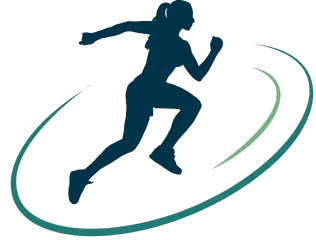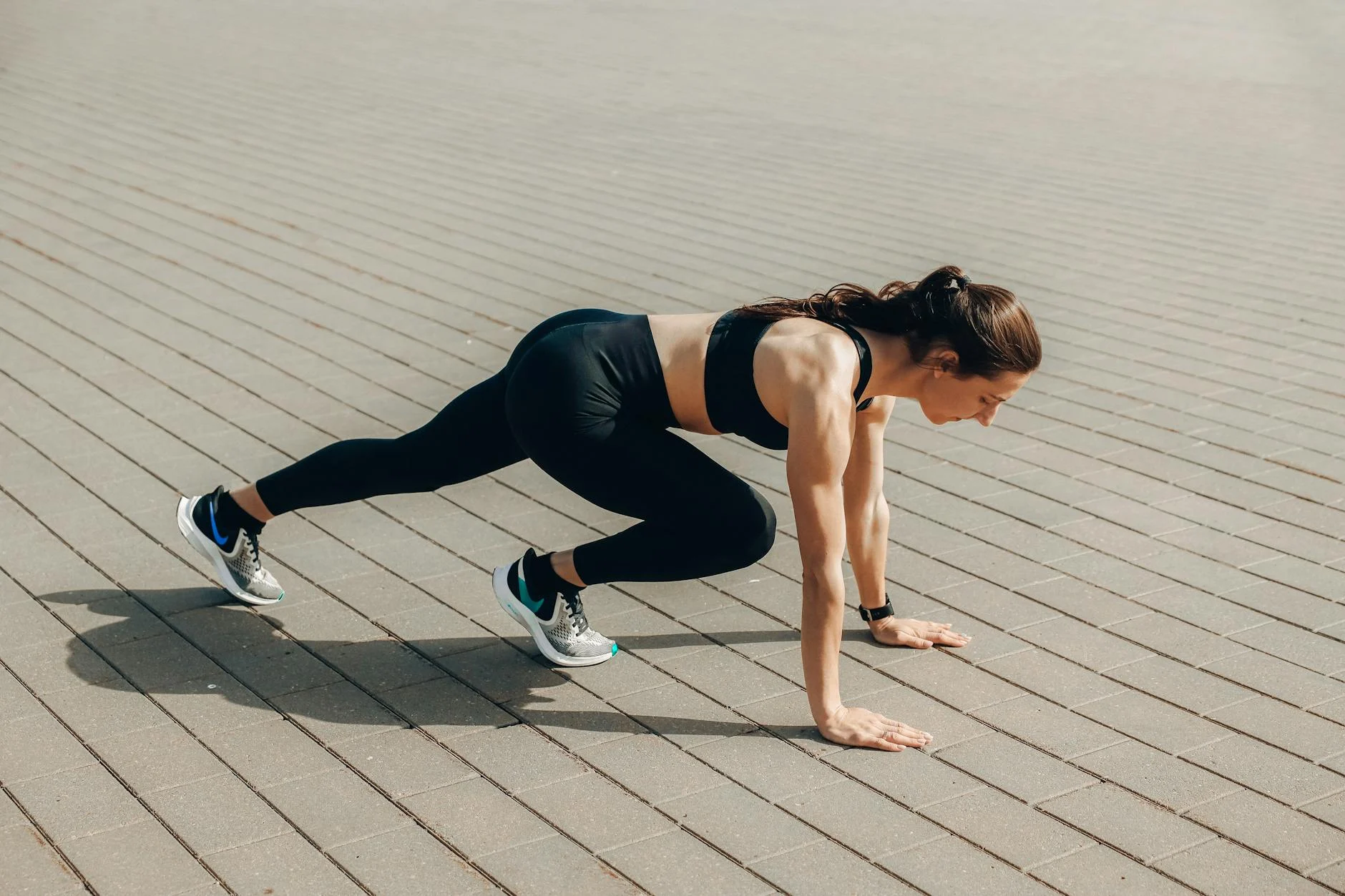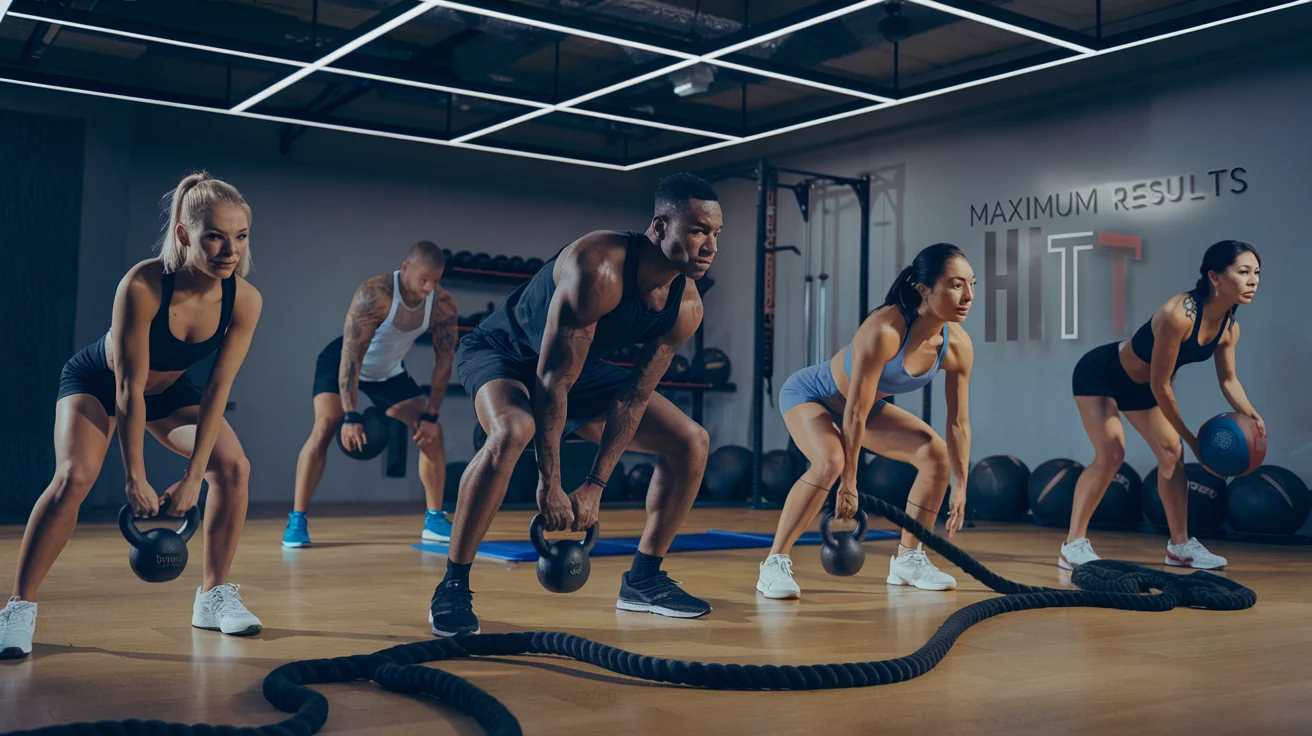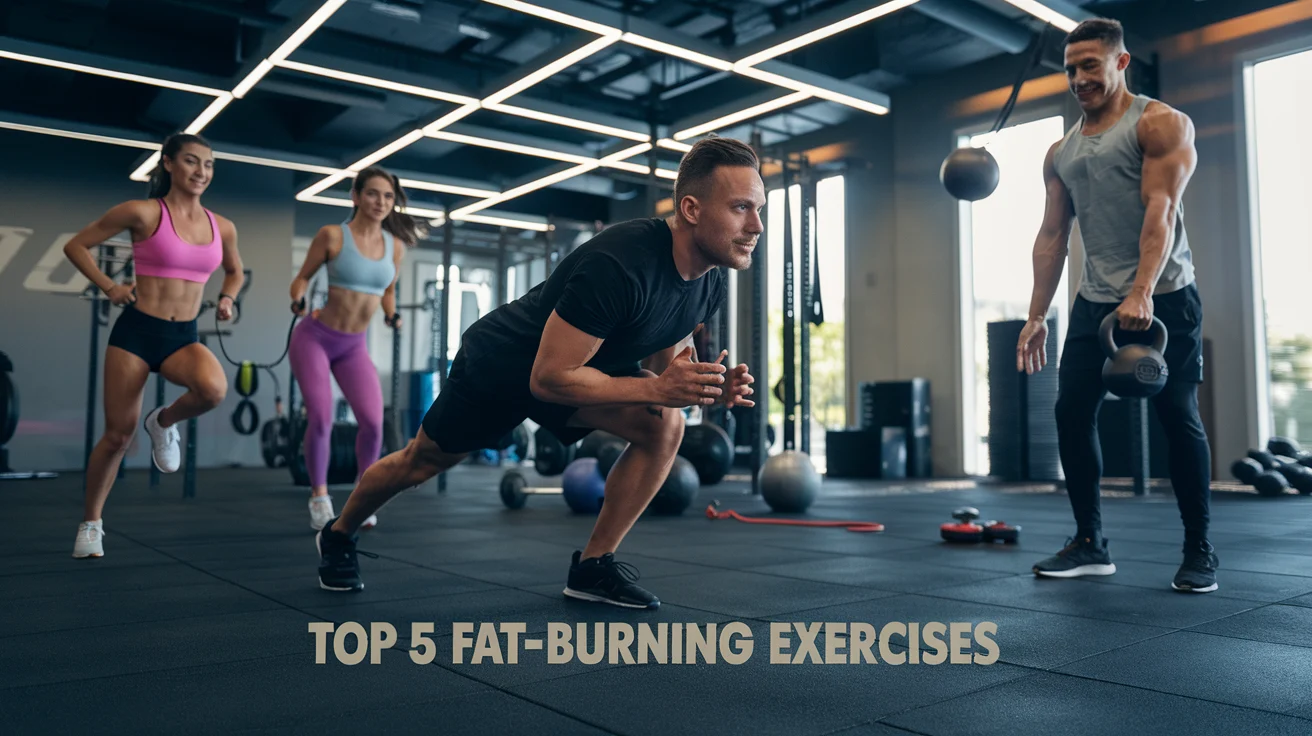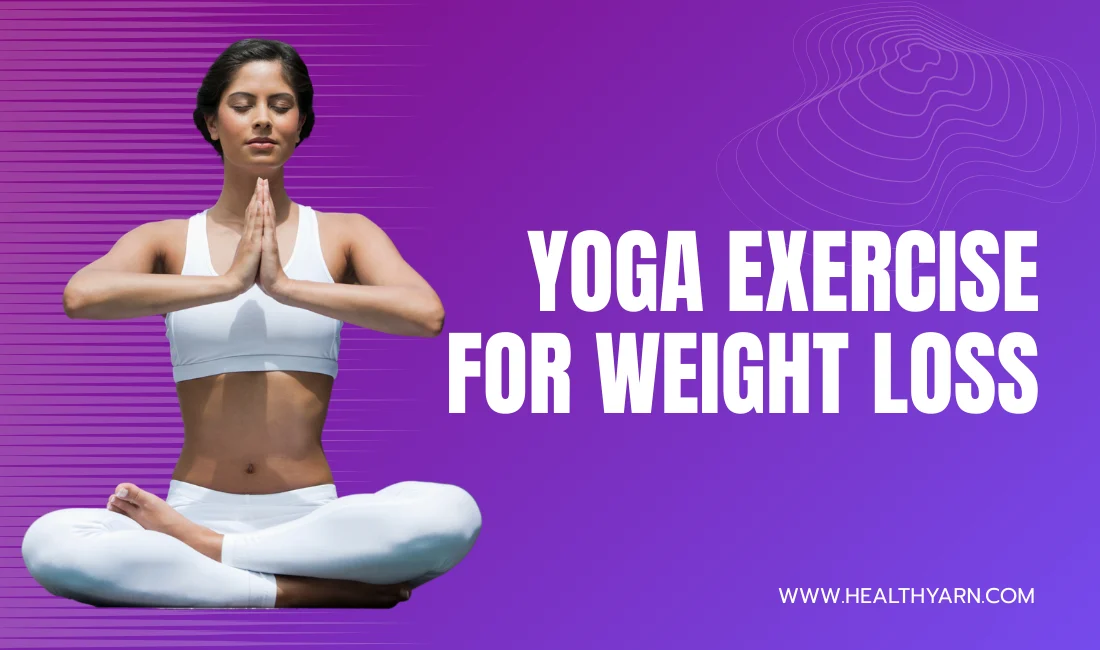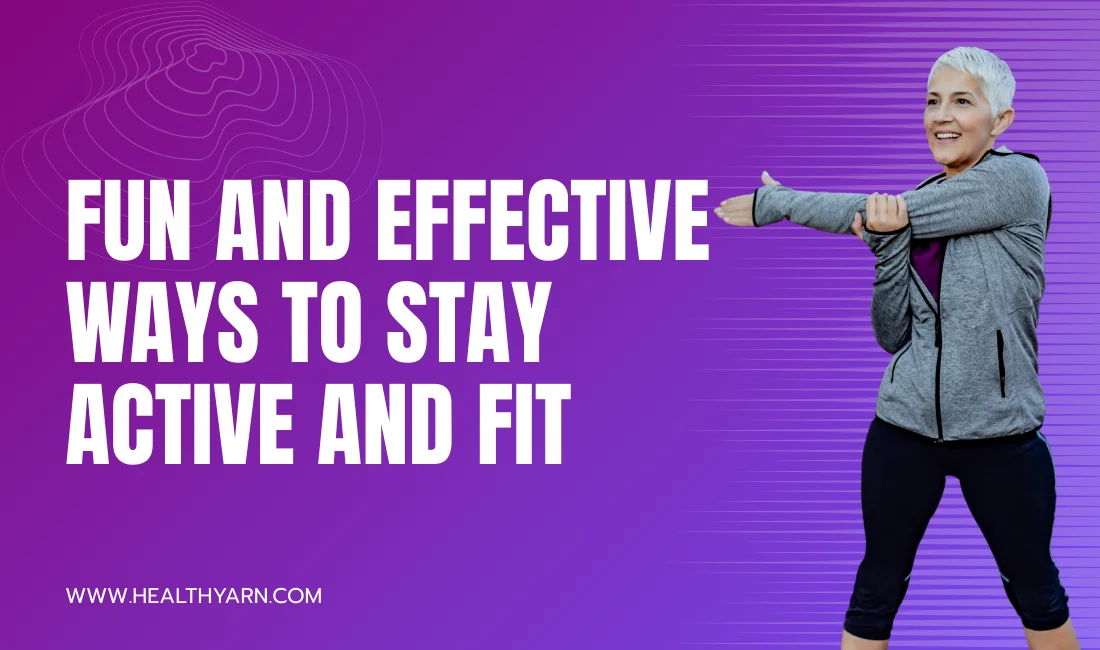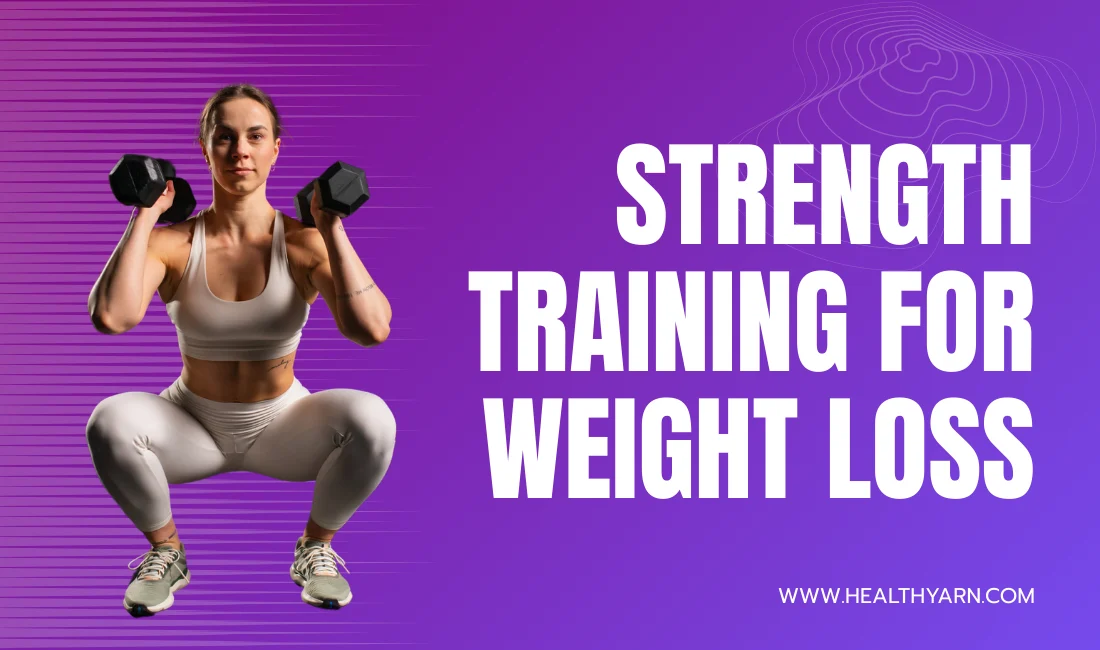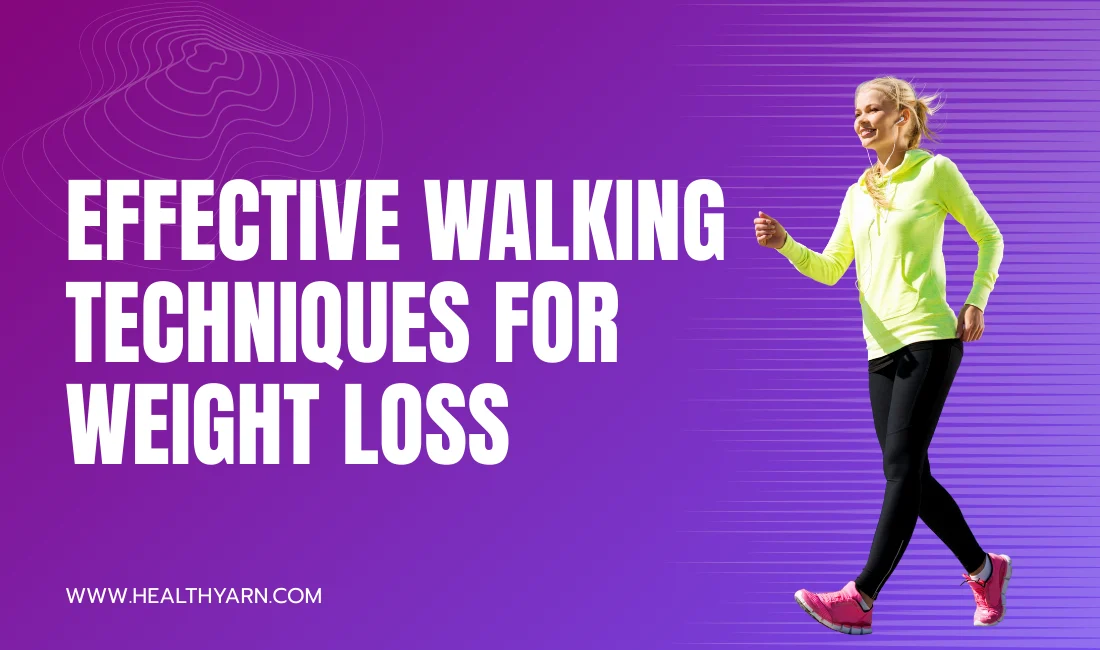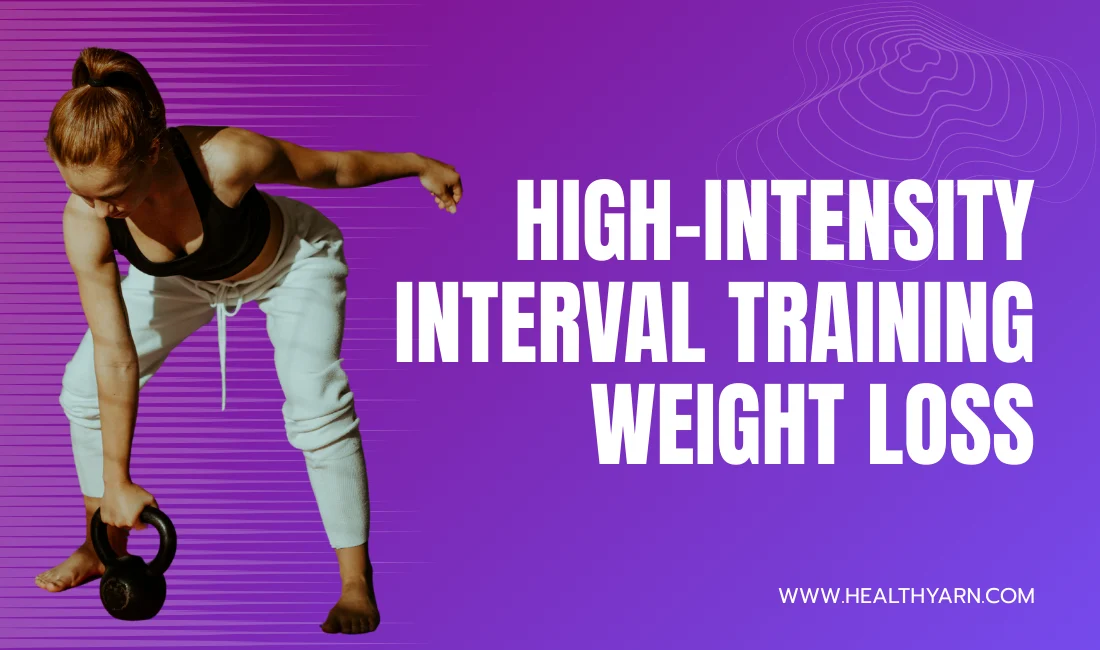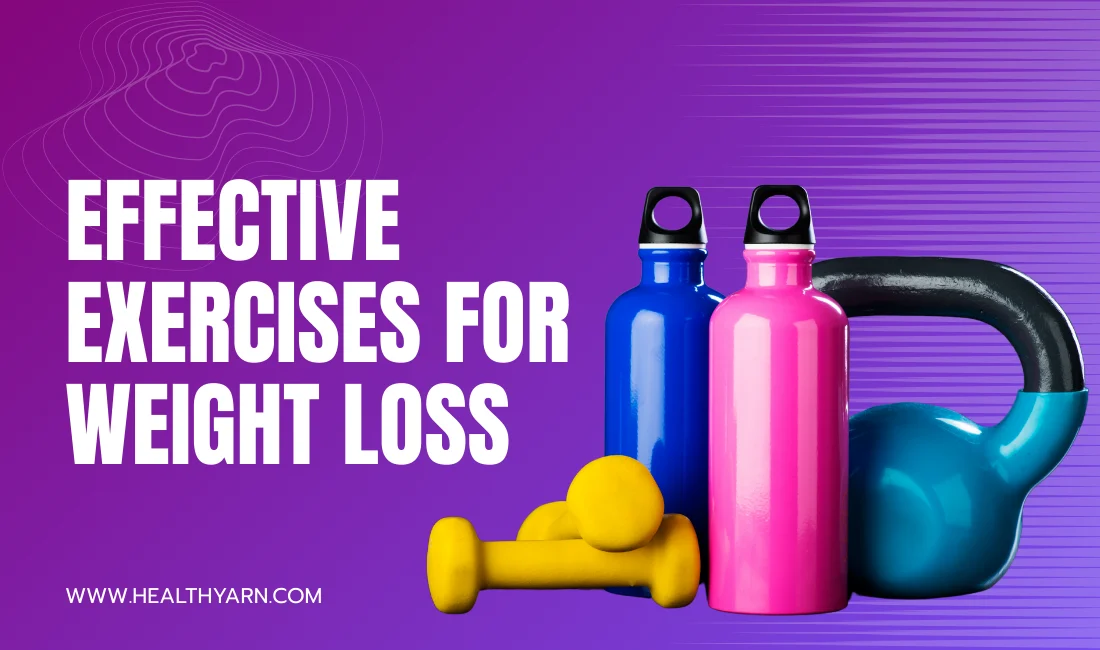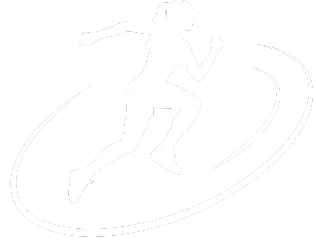Achieving a Effective Core Workouts for Toning
A toned core isn’t just about aesthetics it plays a vital role in stability, injury prevention, and overall fitness. Whether you’re aiming for a stronger midsection or a more defined look, understanding how to work the core muscles properly is essential.
A great core workout targets more than just the abs. It involves the muscles surrounding the spine, pelvis, and hips, and includes exercises that focus on strength, flexibility, and endurance. This guide will walk you through the principles, exercises, and nutrition strategies to build a defined and functional core.
Understanding Core Anatomy and Function
Before you dive into core exercises, it’s important to understand the muscles you’re working. Your core includes several muscle groups that work together to stabilize the spine and pelvis.
Core Muscles You Should Know:
| Muscle Group | Function | Location |
|---|---|---|
| Rectus Abdominis | Flexes the spine (i.e., bending forward) | Front of the abdomen, the “six-pack” muscle |
| Transverse Abdominis | Stabilizes the spine and pelvis | Deepest layer of the abdominal muscles |
| Obliques | Rotates and laterally flexes the trunk | Sides of the torso (internal and external) |
| Erector Spinae | Extends and stabilizes the spine | Along the back, running from neck to pelvis |
Benefits of a Strong Core:
- Improved Posture: Reduces strain on the spine.
- Better Stability: Supports movements in daily activities and exercise.
- Reduced Risk of Injury: Particularly in the back and lower body.
Core Training Principles for Success

Now that you know the importance of your core muscles, it’s time to dive into the principles of effective core training. These principles will ensure that your workouts are both efficient and safe. Here are the essential principles to follow:
1. Engage the Core Muscles
Focus is key. Consciously engaging your core muscles maximizes results by improving the mind-muscle connection. Rather than mindlessly performing exercises, focus on activating each muscle group rectus abdominis, transverse abdominis, and obliques. This ensures you’re targeting the right muscles instead of compensating with your hip flexors.
2. Proper Form is Crucial
Form matters. To prevent injury and ensure effectiveness, always maintain a neutral spine. For example, in a forearm plank, your body should form a straight line from head to heels. Avoid sagging or piking at the hips. This alignment keeps the focus on your core, rather than putting unnecessary strain on your lower back.
3. Balance Different Core Functions
Your core needs to perform different movements and resist others. A balanced workout will address all core functions:
| Core Function | Example Exercises |
|---|---|
| Flexion | Crunches, Sit-ups |
| Anti-Rotation | Plank with Shoulder Taps, Bird-Dogs |
| Rotation | Russian Twists, Oblique V-ups |
| Isometric Holds | Planks, Hollow Body Hold |
Top Core Exercises for All Levels

No matter your fitness level, these exercises can help you build a strong core foundation. Let’s break them down into three levels: beginner, intermediate, and advanced.
A. Beginner Core Exercises
- Plank: Hold for 20-30 seconds, focusing on maintaining a straight line from head to heels.
- Glute Bridge: Lie on your back, feet flat on the floor, and lift your hips. Hold for a few seconds at the top.
- Dead Bug: While lying on your back, extend one leg and arm while keeping the other bent. Slowly switch sides.
B. Intermediate Core Exercises
- Russian Twists: Sit with your knees bent, lean back slightly, and twist your torso from side to side.
- Bird-Dog: From a quadruped position, extend opposite arm and leg, hold for a second, and return.
C. Advanced Core Exercises
- V-Sits: Sit with legs extended, then lift your legs while reaching for them with your hands, forming a “V” shape.
- Plank to Push-Up: Start in a forearm plank and push up to a full push-up position, alternating arms.
| Exercise | Target Area | Difficulty |
|---|---|---|
| Plank | Entire core | Beginner |
| Russian Twists | Obliques, rectus abdominis | Intermediate |
| V-Sits | Abs, hip flexors | Advanced |
Creating an Effective Core Workout

For an effective core workout, you need a balanced mix of exercises. Here’s how to structure your routine based on your fitness level:
A. Beginner Core Routine
For beginners, focus on basic exercises with minimal duration and build form first. Intermediate individuals can incorporate dynamic movements like bicycle crunches, while advanced practitioners might add more challenging moves like V-sits.
- Warm-up: 5 minutes of light cardio or dynamic stretching.
- Workout: 3 sets of 20-second planks, 10 glute bridges, and 12 dead bugs.
- Cool-down: Stretch the hips and lower back.
B. Intermediate Core Routin
No gym? No problem. Try these bodyweight exercises:
- Warm-up: 5 minutes of dynamic stretches.
- Workout: 3 sets of 30 seconds each of Russian Twists, Bird-Dogs, and Planks.
- Cool-down: Gentle stretching for 5 minutes.
C. Advanced Core Routine
Perform your core routine twice per week for about 20 minutes. Progress by:
- Warm-up: 5-10 minutes of cardio.
- Workout: 4 sets of V-Sits, Plank to Push-Ups, and Leg Raises.
- Cool-down: Focus on stretching the hip flexors and abs.
| Level | Warm-up | Main Workout | Cool-down |
|---|---|---|---|
| Beginner | 5 min light cardio | 20-sec planks, 10 glute bridges, 12 dead bugs | Stretch hips, lower back |
| Intermediate | 5 min dynamic stretches | Russian Twists, Bird-Dogs, Planks (30 sec each) | Gentle stretching |
| Advanced | 5-10 min cardio | V-Sits, Plank to Push-Ups, Leg Raises | Stretch hip flexors, abs |
The Truth About Core Training and Fat Loss

One of the biggest misconceptions about core training is the idea of spot reduction—believing that doing crunches or other ab exercises will burn fat in your midsection. The truth is, fat loss occurs across the entire body, not just in one area.
To reveal toned abs, you need to reduce overall body fat. This requires a combination of:
- Cardio exercises (running, cycling)
- Full-body strength training
- A proper diet (creating a caloric deficit)
Nutrition for Core Definition
To support fat loss and muscle growth, your diet must align with your fitness goals. Here’s how to structure it:
A. Macronutrient Breakdown
| Macronutrient | Recommended Intake | Sources |
|---|---|---|
| Protein | 40% of total intake | Chicken, fish, eggs, tofu |
| Carbohydrates | 40% of total intake | Whole grains, fruits, vegetables |
| Healthy Fats | 20% of total intake | Avocados, olive oil, nuts |
B. Nutrition Tips for Core Definition
- Avoid processed foods and excess sugar.
- Limit alcohol, as it adds empty calories and can slow fat loss.
- Hydrate well to support digestion and reduce bloating.
- Eat in a caloric deficit to help burn fat while building muscle.
C. Nutrition Tips for Revealing Abs
- Avoid processed foods and added sugars that increase belly fat.
- Limit alcohol which can slow down fat loss.
- Stay hydrated to aid digestion and reduce bloating.
- Eat consistently and focus on long-term nutrition over short-term diets.
Our Thoughts
Building a toned and functional core requires consistency and attention to both training and nutrition. By engaging in the right exercises, focusing on proper form, and combining that with a balanced diet, you’ll start seeing results. Remember, core strength benefits more than just your appearance—it’s essential for overall fitness and injury prevention.
Start small, progressively challenge yourself, and keep your diet on track. Your toned core is closer than you think!
